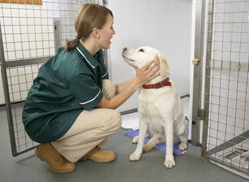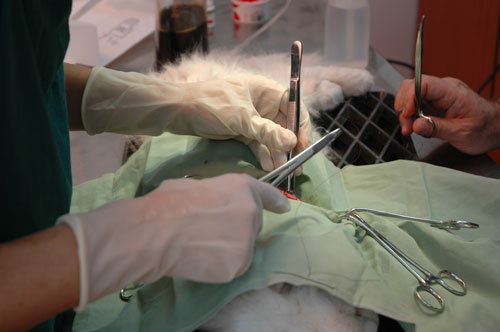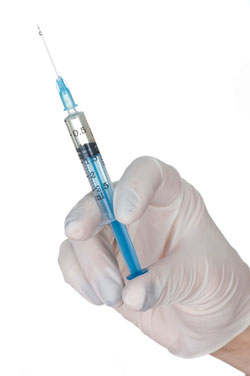Sometimes a pet may be too painful or anxious about certain procedures. Sedation may be used to calm an animal under various conditions. The animal remains awake or may ‘sleep lightly’ but is easily aroused when stimulated.
When pets are extremely fearful, we can prescribe a form of treatment that can be given at home prior to their appointment to reduce anxiety and improve acceptance of handling while at the veterinary hospital.
In addition pet owners frequently request sedation for their animals during travel, thunderstorms, fireworks, etc. Sedation and tranquilization are specific for each patient, based on health concerns. Each animal should be assessed prior to dispensing these medicines.



